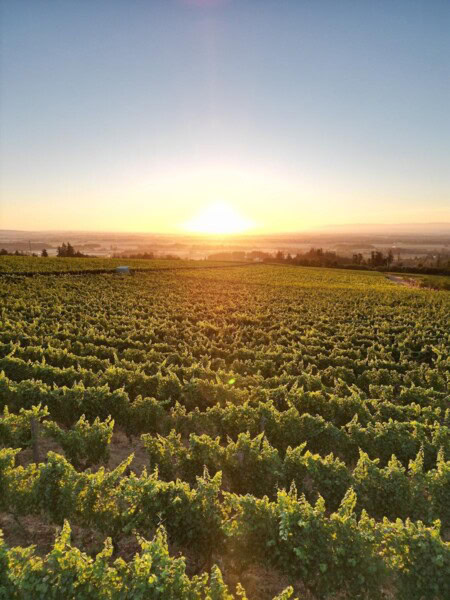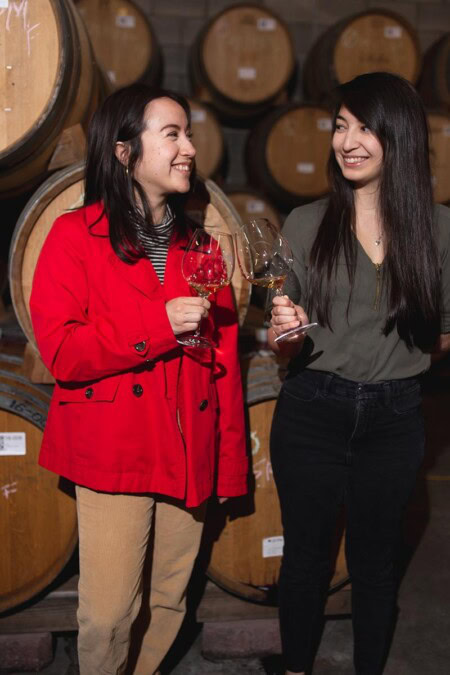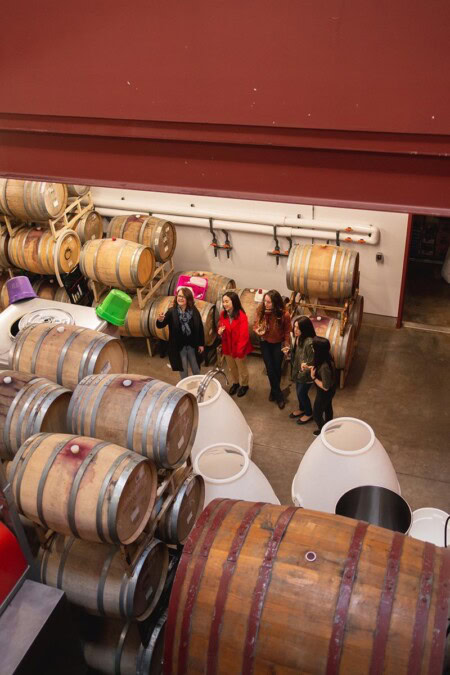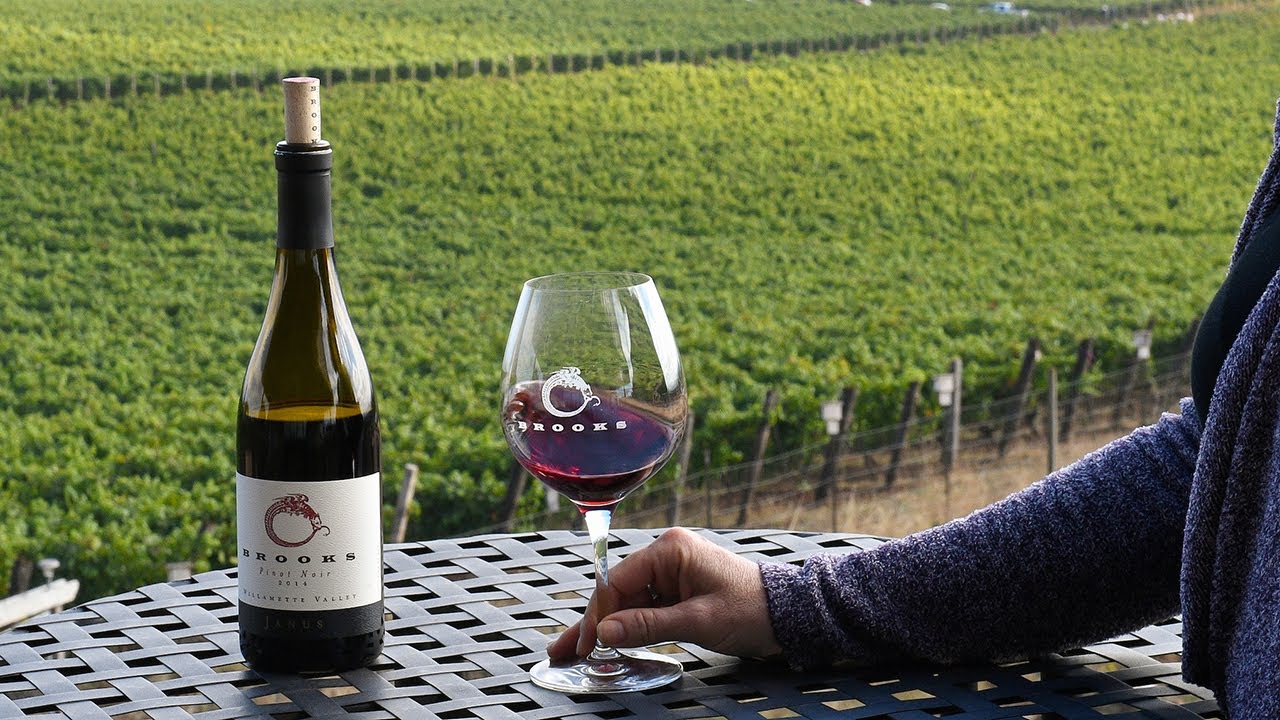Even wine enthusiasts may wonder how to distinguish between the terms “winery” and “vineyard.” While these terms are sometimes used interchangeably, they refer to different aspects of the wine production process. Understanding the distinction between a winery and a vineyard is crucial for appreciating the intricacies of winemaking and the journey from grape to glass.
Differences in Purpose and Function
The primary difference between a winery and a vineyard lies in their purpose and function. A vineyard focuses on growing grapes, while a winery is dedicated to producing and bottling wine. Many wineries have their own vineyards, but some wineries source (i.e., gain or purchase) grapes from multiple vineyards to achieve desired characteristics in their wines.

What is a Vineyard?
A vineyard is a designated area where grapevines are planted and cultivated specifically for wine production. The primary focus of a vineyard is on the agricultural aspect of winemaking. Vineyards are located in regions with favorable climates and soil conditions that support the growth of grapevines. Often picturesque with rolling hills and rows of vines, vineyards are meticulously managed to produce high-quality grapes.
Factors Influencing Vineyard Success
- Terroir: “Terroir” is a French term that encapsulates the unique combination of climate, soil, topography, and other environmental factors that influence grape growing. The terroir of a vineyard significantly affects the flavor profile of the grapes and, consequently, the wine produced from them.
- Climate: The climate of a vineyard region, including temperature, rainfall, and sunlight, plays a vital role in determining the types of grapes that can be successfully grown. Cool-climate vineyards might produce grapes with higher acidity and subtle flavors, while warm-climate vineyards often yield riper, bolder fruit. Climate is often included in discussions about the vineyard’s terroir.
- Soil: The composition of the soil in a vineyard affects water drainage, nutrient availability, and vine health. Different soil types can impart distinctive characteristics to the grapes, contributing to the complexity of the wine. Soil type is also included in discussions about terroir.
- Viticulture Practices: The methods and techniques used to cultivate the grapevines, known as viticulture practices, are essential for maintaining vine health and optimizing grape quality. This includes pruning, pest control, irrigation, and harvesting strategies.

What is a Winery?
A winery, on the other hand, is a facility where grapes are processed into wine. The primary focus of a winery is on the production and bottling of wine. This encompasses a range of activities that transform harvested grapes into the finished product. Wineries can vary significantly in size, from small boutique operations (i.e., less than 5,000 cases produced per year) to large commercial enterprises.
Key Processes in a Winery
- Sorted and/or Crushing: After the grapes are harvested, they are brought to the winery to be sorted.Sorting removes leaves and unwanted items such as less desirable grape clusters. Clusters are removed if they have sunburn, mold, or are underripe. Depending on the style of wine being produced, the grapes may also be crushed. This process extracts the juice from the grapes, which is the first step in winemaking. Crushing is most popular among white grapes destined for white wine because the skin of the grape is not needed or wanted.
- Fermentation: The extracted juice undergoes fermentation, where yeast converts the sugars in the grape juice into alcohol and carbon dioxide. This crucial stage determines the wine’s alcohol content and develops its initial flavors.
- Aging: Once fermentation is complete, the wine is aged in various vessels such as oak barrels, concrete ovel-shaped vessels called “eggs,” or stainless steel tanks. Aging allows the wine to develop complexity and depth of flavor over time.
- Bottling: After aging, the wine is bottled. This stage involves sealing the wine in bottles, labeling, and preparing it for distribution and sale. Many producers will also filter and/or fine their wine prior to bottling to remove unwanted elements that impact taste, appearance, and stability.
The Interconnected Relationship
Despite their distinct roles, vineyards and wineries share an interconnected relationship essential for producing high-quality wine. The quality of grapes grown in the vineyard directly influences the quality of wine produced in the winery. Winemakers often work closely with viticulturists to ensure that the grapes meet the desired standards for winemaking. Quality wine must start with quality grapes.

Visting Vineyards & Wineries
Visiting both vineyards and wineries can provide a comprehensive understanding of the winemaking process. Vineyard tours offer insights into grape growing, the importance of terroir, and sustainable farming practices. Winery tours, on the other hand, allow visitors to witness the winemaking process, from crushing and fermentation to aging and bottling. Many wineries also offer tastings, providing an opportunity to sample the wines produced from their grapes. Each part of the winemaking process offers the wine taster different pieces of information that impact the wine’s final performance in the glass.
While a vineyard is where the journey of winemaking begins with the cultivation of grapes, a winery is where this journey culminates in the production of wine. Both are integral to the creation of the wines we enjoy, each contributing unique elements to the final product. By understanding the differences between a winery and a vineyard, wine enthusiasts can deepen their appreciation for the art and science behind every bottle.
